Honduras: The unknown Central America
Tourist highlights
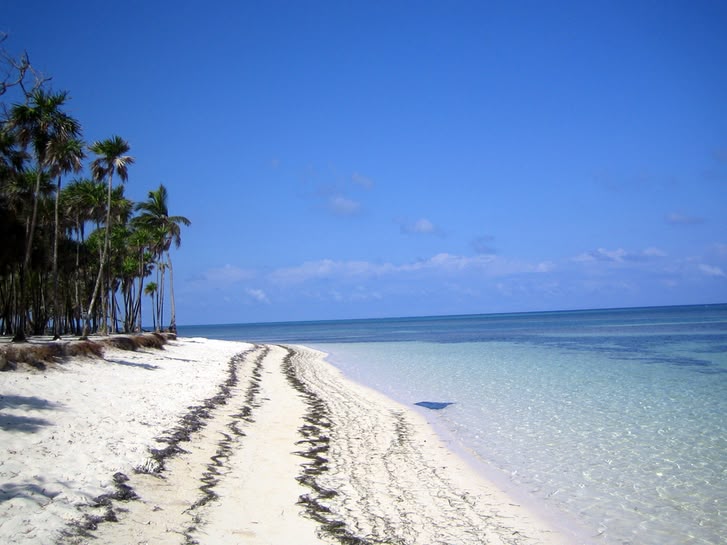
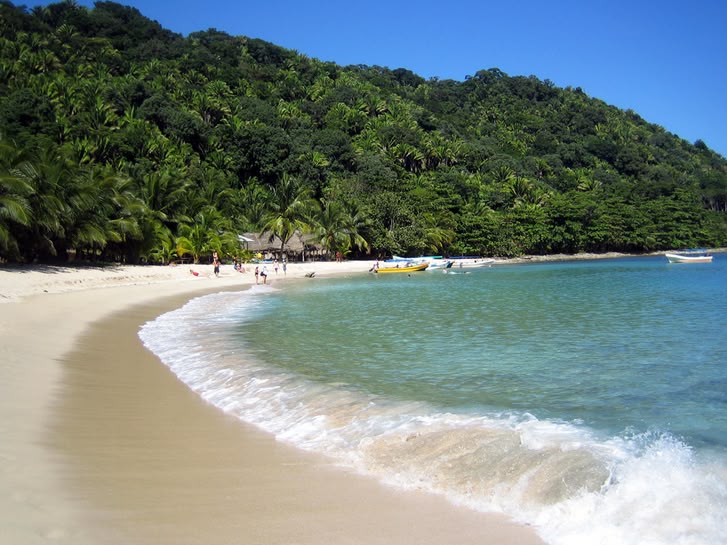
The unknown Honduras
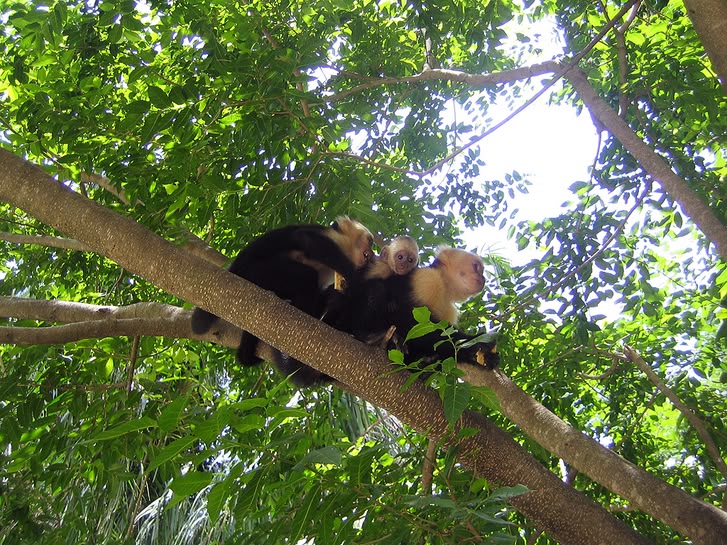
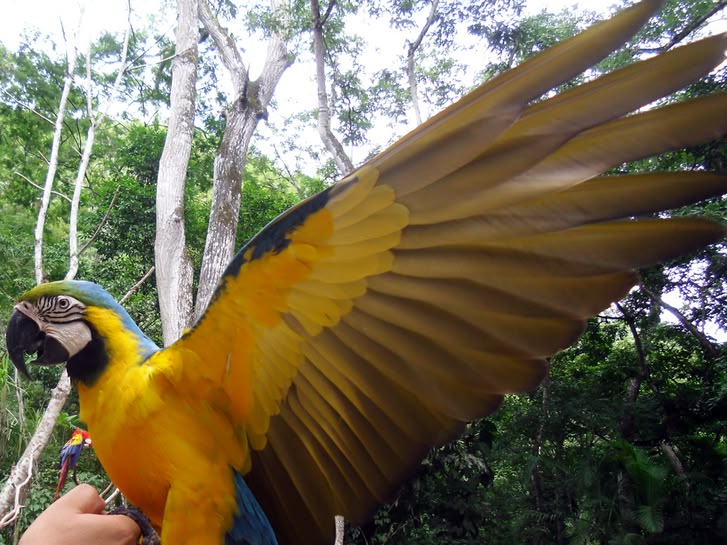
Active in Honduras
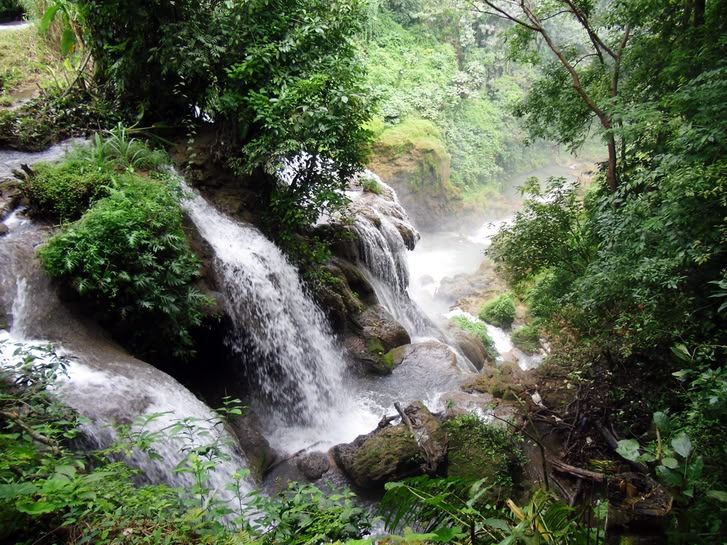
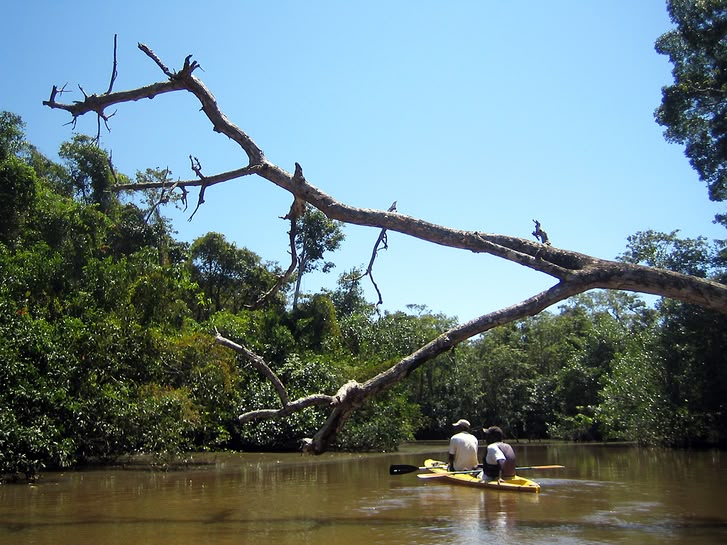
My Honduras
Travelling Central America
A trip to Central America is so much more than rainforests, volcanoes and dream beaches. Look forward to colourful colonial cities, warm-hearted people, exotic wildlife, living traditions and real adventures between the Pacific and the Caribbean.
